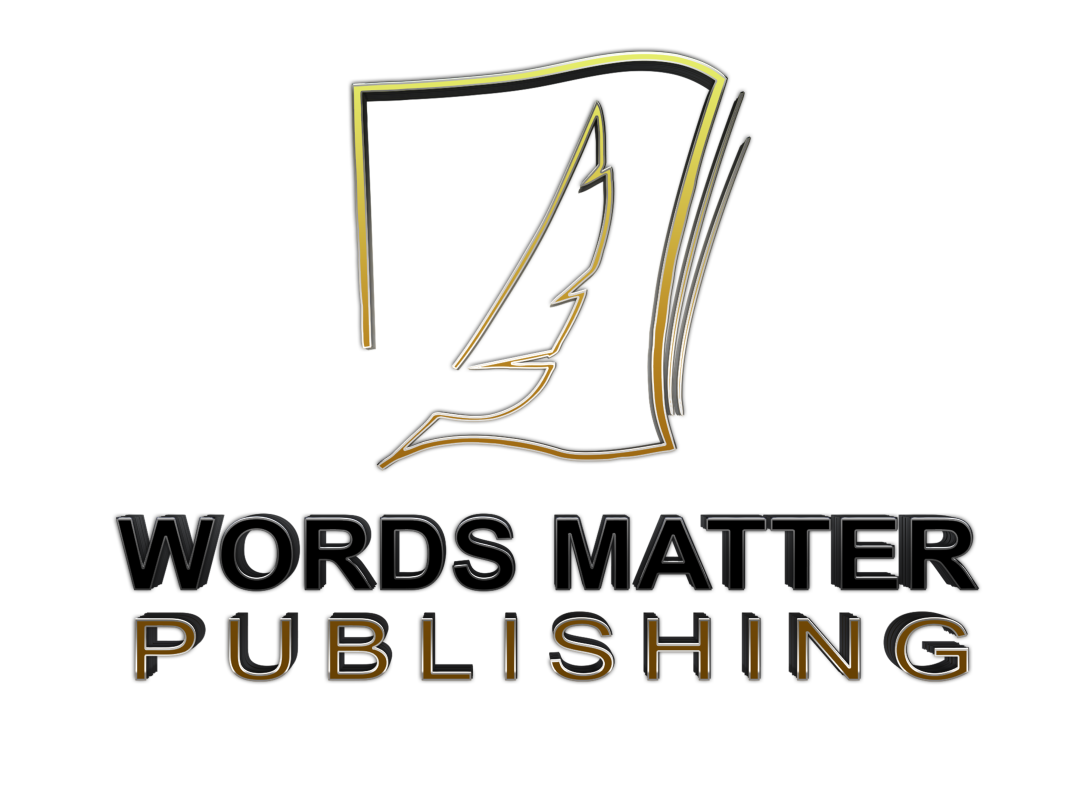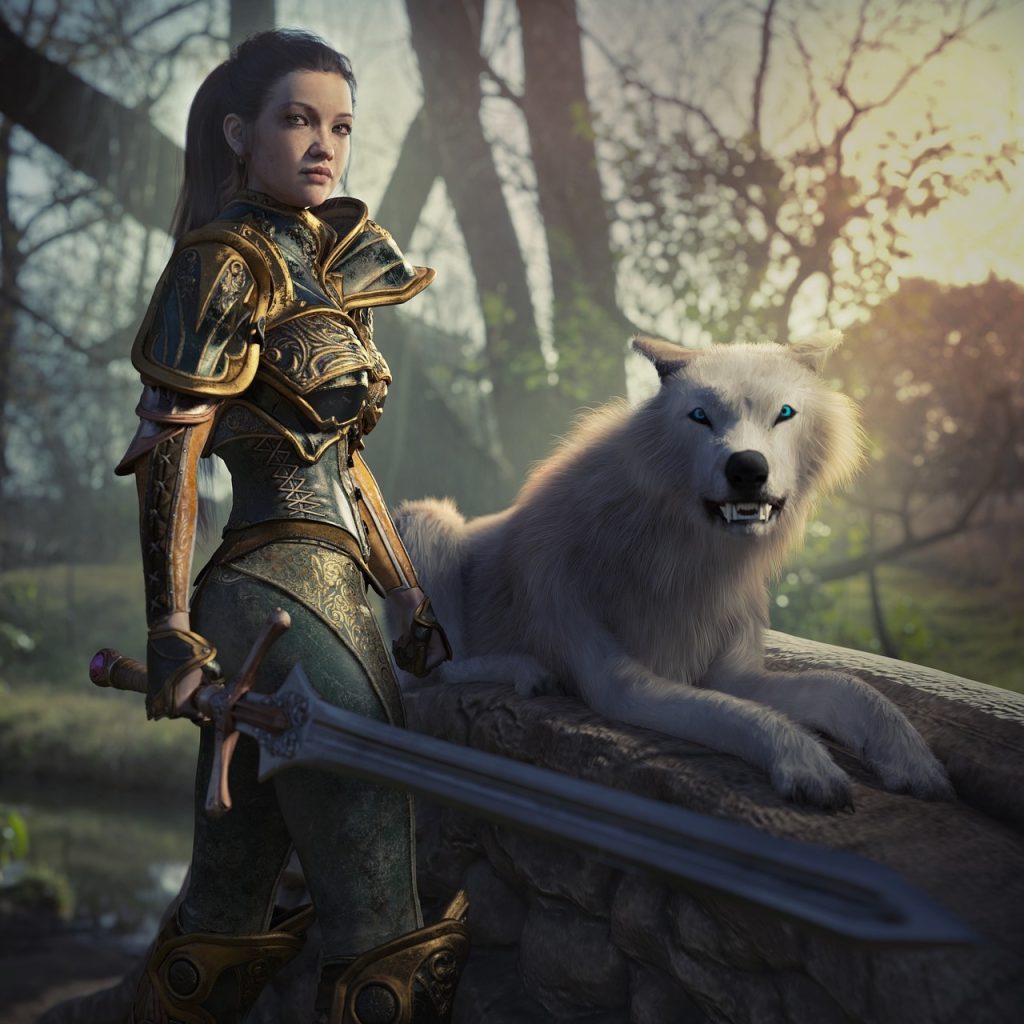Why Your Protagonist Needs More Than Just Strength to Win the Reader’s Heart
Readers don’t fall in love with perfection. They fall in love with struggle—with heroes who bleed, break, and keep going. A perfectly strong, flawless character might seem admirable on paper, but in fiction, perfection is boring. What makes a hero unforgettable isn’t their power—it’s what they have to overcome to become powerful.
In this guide, we’ll explore why your protagonist needs to face seemingly impossible struggles, how to craft those challenges in a way that deepens your plot and emotional resonance, and how to make your readers cheer, cry, and hold their breath until the very last page.
The Hero’s Journey: A Blueprint of Struggle
The Hero’s Journey is a classic storytelling structure for a reason—it centers on transformation. And transformation doesn’t happen without adversity. Your protagonist must be tested, stretched, and shattered before they can grow into the hero they were meant to be.
Struggle is the soul of story. Without it, there’s no suspense, no growth, and no reason for readers to care.
Think of:
- Katniss Everdeen, who had to survive a brutal game while carrying the burden of a revolution.
- Frodo Baggins, an unassuming hobbit tasked with destroying a ring that corrupts everything it touches.
- Elizabeth Bennet, who had to confront her own pride and prejudices to find truth and love.
None of these characters are invincible. But their flaws and failures are what make them iconic.
Why Struggles Matter
Every great hero must:
- Face internal and external challenges
- Fail (yes, fail) before they succeed
- Confront their darkest fears
- Make impossible choices
Without these things, there’s no journey. Readers want to see characters earn their victories. When a hero conquers an impossible obstacle, it gives readers a sense of catharsis—and inspires them in their own lives.
Types of Struggles That Deepen Character
- Emotional Struggles
These often come from trauma, guilt, grief, or fear. Maybe your character can’t trust others because of a past betrayal. Maybe they feel unworthy of love or responsibility.
Example: In The Hunger Games, Katniss’s fear isn’t just death—it’s failing to protect the people she loves.
- Moral Dilemmas
Great heroes are often torn between two painful choices. This builds depth, tension, and realism.
Example: In Game of Thrones, Jon Snow must constantly choose between honor and loyalty—both of which come at a high cost.
- Physical Struggles
Whether it’s surviving the wilderness, battling enemies, or enduring illness, physical trials test resilience and force characters to dig deep.
Example: In Unbroken, Louie Zamperini’s survival against all odds is as much mental as it is physical.
- Relational Struggles
Conflict with friends, mentors, or family adds complexity. Your hero should clash with allies or face betrayal from those they trust.
Example: Harry Potter’s relationships are often as dangerous as Voldemort himself—loyalty, love, and sacrifice are constantly tested.
How to Craft an Impossible Struggle
- Make the stakes personal.
- What does your hero stand to lose?
- What fear or flaw makes this challenge especially hard?
- Let them fail.
- Real growth comes from falling down and getting back up. Give your protagonist a major loss that tests their will.
- Show internal conflict.
- Struggles aren’t just about external enemies. Make your hero battle themselves—their fear, shame, or beliefs.
- Raise the stakes. Then raise them again.
- Just when your hero thinks they’ve overcome the worst—make it worse. True strength is forged under pressure.
Avoid the Invincible Protagonist
Perfect characters are forgettable. If your hero always has the right answer, always wins the fight, and never doubts themselves—your reader will lose interest.
Instead, give them:
- Flaws they have to confront
- Fears they have to face
- Weaknesses they have to overcome
The more they hurt, the more we care.
Redemption Arcs: The Struggle Within
Some of the most powerful heroes are those who begin their journey as flawed or broken people. Redemption arcs require enormous internal struggle—and offer satisfying, emotional payoffs.
Example: Zuko from Avatar: The Last Airbender begins as a villain, but his inner struggle and transformation make him one of the most beloved characters in fiction.
Final Thoughts: Struggle is the Heartbeat of the Hero
Readers don’t just want to see a character overcome—they want to feel it. They want the tears, the sweat, the moment where all hope seems lost—and then the triumph.
So don’t be afraid to hurt your characters. Challenge them. Break them. And let them rise again—not because they’re perfect, but because they fought their way there.
Because a perfect hero might look nice—but a hero who bleeds is unforgettable.


